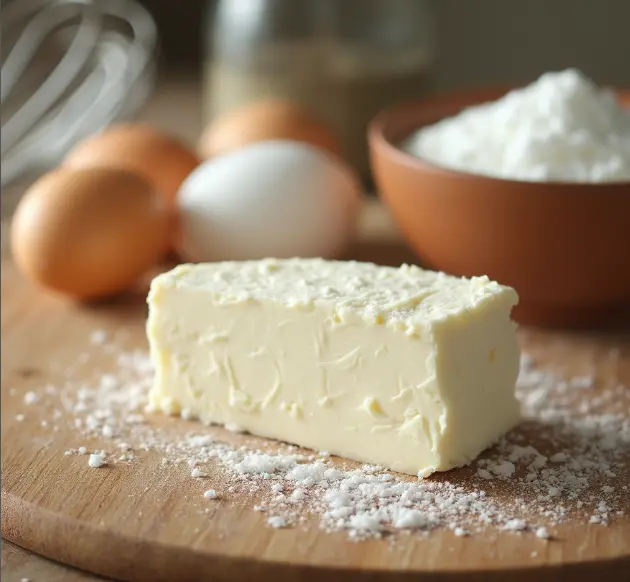When it comes to making the perfect cheesecake, every ingredient counts. At the heart of this decadent dessert lies cream cheese, the main component that gives cheesecake its creamy texture and rich flavor. Choosing the right cream cheese is a crucial step to ensuring a silky, flavorful, and flawless final result.
But with so many types and brands available, which one should you choose? This guide will explore the different types of cream cheese, key factors to consider, and some expert tips for preparing the best cheesecake possible. “Which Cream Cheese is Better for Cheesecake?” Let’s find out.
The choice of cream cheese plays a pivotal role in determining the texture and flavor of your cheesecake, no matter if you’re experimenting with What is the Best Flavor of Cheesecake?.
Why Cream Cheese Matters
Cream cheese forms the base of most cheesecake recipes, contributing significantly to its flavor, texture, and overall quality. An ideal cream cheese should be smooth, rich, and free from excess water or fillers that can ruin the consistency of your cheesecake.
What to Look For
The best cream cheese for cheesecake should have the perfect balance of creaminess and firmness. It should blend easily with other ingredients while maintaining structure during baking.
Table of Contents
Types of Cream Cheese for Cheesecake
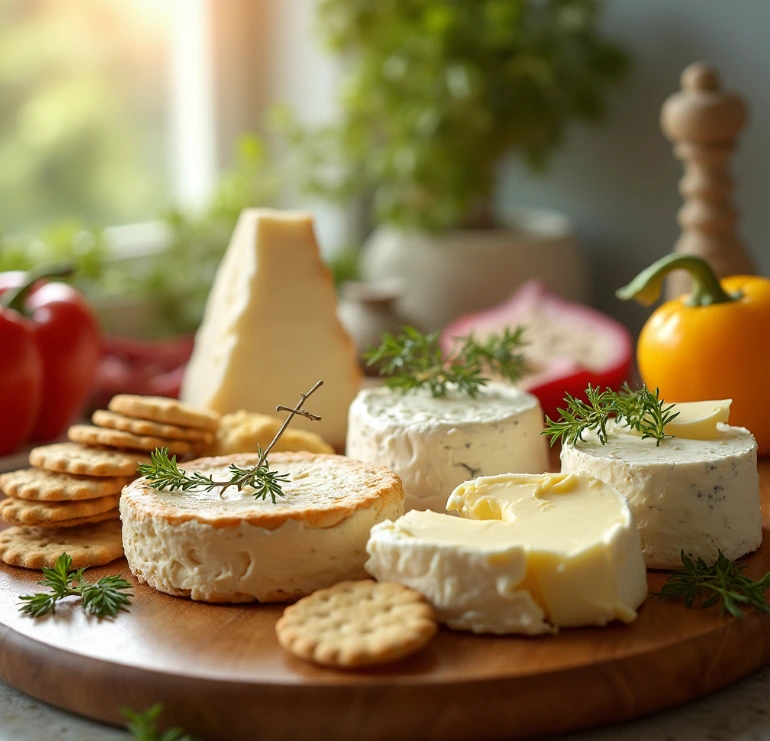
When selecting cream cheese for your cheesecake, understanding the different types available is essential. Each type offers unique characteristics that can impact your dessert’s texture and taste.
Block-Style Cream Cheese
Block-style cream cheese is a must for denser recipes like New York cheesecake, which contrasts with lighter options in this Biltmore Cheesecake.
Why It’s the Best Choice
Block-style cream cheese is the gold standard for cheesecakes. Its dense and firm texture makes it ideal for creating a rich, creamy consistency. Unlike other types of cream cheese, the block version has a higher fat content, which adds to the indulgent quality of the cheesecake.
Popular Brands
Philadelphia cream cheese is widely recognized as the top choice for block-style cream cheese. Its consistent quality, smooth texture, and balanced flavor make it a favorite among professional bakers and home cooks alike.
Whipped Cream Cheese
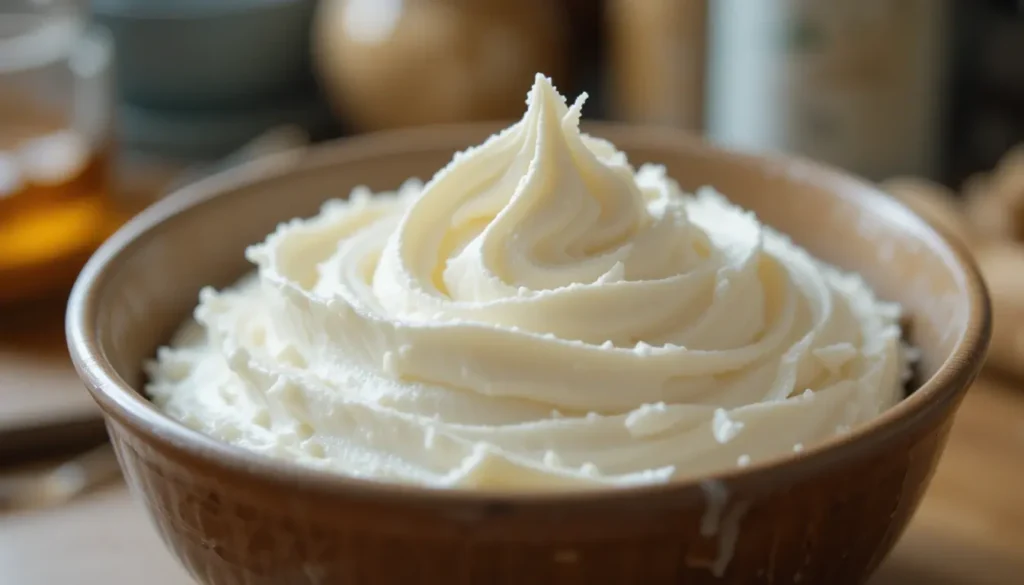
Not Recommended for Cheesecakes
Whipped cream cheese, while light and airy, lacks the density required for cheesecakes. Its texture often leads to a softer, less structured dessert. Furthermore, whipped cream cheese often contains added air, which can interfere with achieving the desired creamy consistency.
Neufchâtel Cream Cheese
A Lower-Fat Option
Neufchâtel cheese is similar to cream cheese but contains less fat. While it can be used in cheesecakes, it results in a slightly tangier flavor and a less rich texture. This option might appeal to those looking for a lighter version of cheesecake, but it won’t deliver the classic creamy decadence of traditional cream cheese.
Best Applications
If you’re creating a no-bake cheesecake or prefer a tangier flavor, Neufchâtel cheese can be a suitable substitute. However, for baked cheesecakes, it’s generally better to stick with regular block-style cream cheese.
Factors to Consider When Choosing Cream Cheese
Not all cream cheese is created equal, and choosing the right one for your cheesecake requires attention to detail. Here are some essential factors to consider:
Texture
Why Texture Matters
A cheesecake’s signature smoothness depends heavily on the texture of the cream cheese. Block-style cream cheese typically offers the best consistency, as it is dense and smooth, blending seamlessly with other ingredients. Avoid cream cheeses that are too watery, as they can compromise the cheesecake’s structure.
Flavor
Subtle But Important
Cream cheese should have a mild, creamy flavor with just a hint of tanginess. This balance is essential because it allows the other flavors in the cheesecake—such as vanilla, lemon, or fruit toppings—to shine without being overpowered. Artificially flavored or overly tangy cream cheese can negatively affect the final result.
Fat Content
The Key to Creaminess
Full-fat cream cheese is ideal for cheesecakes because it provides the richness and smoothness the dessert is known for. Reduced-fat or low-fat options may seem appealing for a healthier alternative, but they often lack the creaminess and stability needed for a perfect cheesecake.
Additives and Stabilizers
Impact on Quality
Some cream cheese products contain additives and stabilizers, such as carrageenan or guar gum, to enhance shelf life or texture. While these are generally safe, they can alter the natural taste and consistency of the cheesecake. Look for cream cheese with minimal additives for the best results.
Best Cream Cheese Brands for Cheesecake
Certain brands are known for their quality and reliability in cheesecake recipes. Here’s a breakdown of the top contenders:
Philadelphia Cream Cheese
The Industry Standard
Philadelphia cream cheese is the most recommended brand for cheesecakes, and for good reason. Its smooth texture, rich flavor, and consistency ensure a foolproof result every time. It is available in both block and tub forms, though the block is preferred for cheesecakes.
Store Brands
Budget-Friendly Alternatives
Many supermarket chains offer their own cream cheese brands, often at a lower price point. While some of these can work well for cheesecakes, quality may vary. It’s best to test a store brand with a smaller recipe before committing to a larger batch.
Organic Options
For Natural Purity
Organic cream cheese, such as those from brands like Horizon or Organic Valley, is a great choice for those prioritizing natural ingredients. These products are free from artificial additives and often have a richer, creamier flavor due to their high-quality milk sources.
Tips for Preparing Cream Cheese for Cheesecake
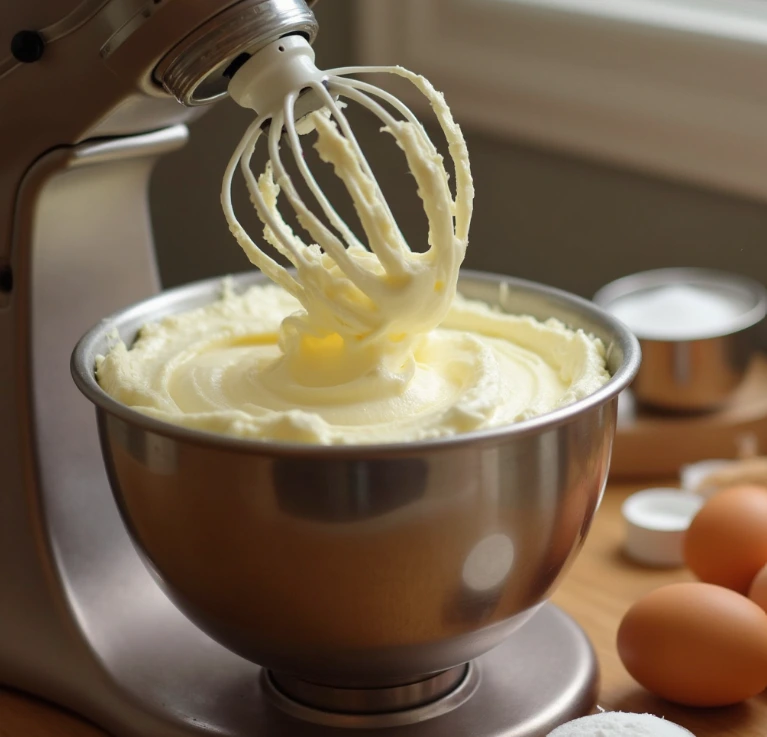
The way you prepare cream cheese can significantly impact the texture and flavor of your cheesecake. Following these expert tips will ensure a flawless dessert every time.
Adding a touch of lemon zest or experimenting with fruit flavors, such as in Blueberry Cheesecake: A Delicious Treat and How to Perfect It, can take your dessert to the next level.
Bringing Cream Cheese to Room Temperature
Why It’s Important
Using cream cheese straight from the fridge can lead to a lumpy batter, as it won’t mix smoothly with other ingredients. Allow the cream cheese to sit at room temperature for about 30 minutes before using it. Softened cream cheese ensures a silky texture and helps the cheesecake bake evenly.
Quick Softening Tip
If you’re short on time, you can soften cream cheese by cutting it into small cubes and letting it rest for 10–15 minutes. Alternatively, place the sealed block in a bowl of warm water for 5–10 minutes.
Avoiding Lumps During Mixing
Techniques for Smooth Batter
To prevent lumps, beat the cream cheese on medium speed before adding other ingredients. Once it’s creamy and smooth, gradually incorporate sugar, eggs, and other components. Scraping down the sides of the bowl frequently ensures even mixing.
The Role of Sugar
Adding sugar early in the mixing process helps break down the cream cheese, making it easier to achieve a smooth consistency. However, avoid overmixing, as this can incorporate excess air and lead to cracks in the cheesecake.
Incorporating Flavor Enhancers
Beyond Plain Cream Cheese
While plain cream cheese is the foundation of most cheesecakes, adding a splash of vanilla extract, a pinch of salt, or a zest of lemon can elevate the flavor. These subtle enhancements bring out the cream cheese’s natural richness and complement the overall taste of the cheesecake.
Combining Cream Cheese with Other Ingredients
The Right Order Matters
When combining cream cheese with other ingredients like eggs or heavy cream, always add them one at a time. Gradual incorporation ensures a consistent batter and prevents overmixing, which can alter the cheesecake’s texture.
Common Mistakes to Avoid When Using Cream Cheese
Even experienced bakers can make mistakes when working with cream cheese. Avoid these common pitfalls to ensure your cheesecake turns out perfectly every time.
Overmixing
Why It’s a Problem
Overmixing cream cheese incorporates too much air into the batter, which can cause the cheesecake to rise and fall unevenly during baking. This often leads to cracks on the surface. Mix on medium speed and stop as soon as the ingredients are well combined.
Using Low-Fat Cream Cheese
A Shortcut That Fails
Low-fat cream cheese lacks the fat content necessary for a rich, creamy cheesecake. While it might seem like a healthier option, it often results in a watery texture and compromises the dessert’s structural integrity.
Skipping the Preparation Steps
The Importance of Softening and Mixing
Using cold cream cheese or rushing through the mixing process can result in lumps, uneven texture, and a subpar cheesecake. Taking the time to properly prepare the cream cheese is a small effort that yields big rewards.
Frequently Asked Questions
What is the difference between cream cheese and Neufchâtel?
Key Differences
Cream cheese and Neufchâtel are similar but not identical. Cream cheese has a higher fat content, giving it a richer, creamier texture. Neufchâtel, originally from France, contains less fat and has a slightly tangier flavor. While Neufchâtel can be used as a substitute in cheesecakes, it won’t provide the same luxurious texture as full-fat cream cheese.
Can you use flavored cream cheese for cheesecake?
Proceed with Caution
Flavored cream cheese, such as those with herbs or fruits, is generally not recommended for traditional cheesecakes. The added flavors can clash with the dessert’s profile and may include extra sugars or seasonings that affect texture. If you want to experiment with flavored cream cheese, use it in small quantities and balance it with other ingredients.
How does cream cheese quality affect cheesecake texture?
The Role of Quality
High-quality cream cheese ensures a smooth, creamy texture, while lower-quality options may contain fillers or excess water that can lead to graininess or instability. Investing in a trusted brand, such as Philadelphia, is worth it to achieve the perfect consistency.
What cream cheese substitutes can work for cheesecake?
Exploring Alternatives
While cream cheese is the traditional choice, some substitutes can work in a pinch:
- Mascarpone: Rich and creamy, mascarpone can replace cream cheese but may result in a milder flavor.
- Greek Yogurt (strained): A lower-fat option, though it creates a tangier and slightly looser texture.
- Silken Tofu: Ideal for vegan or dairy-free cheesecakes, silken tofu can mimic cream cheese when blended with other ingredients.
How should cream cheese be stored before making cheesecake?
Storage Tips
Cream cheese should be stored in the refrigerator at a temperature below 40°F (4°C). Keep it sealed to prevent it from absorbing other odors. If using cream cheese close to its expiration date, ensure it has no signs of spoilage, such as an off smell or discoloration.
Does the brand of cream cheese really make a difference?
Yes, It Does
The brand of cream cheese can impact the flavor, texture, and overall quality of your cheesecake. Well-known brands like Philadelphia have consistent production standards, ensuring a reliable outcome. While some store brands may offer similar results, consistency can vary, so it’s always safer to choose a trusted name.
Conclusion
Choosing which cream cheese is better for cheesecake is one of the most important steps in crafting a delicious and successful dessert. Block-style cream cheese is the undisputed champion for cheesecakes, offering the perfect balance of creaminess, firmness, and rich flavor. While Philadelphia cream cheese remains the gold standard, high-quality store brands and organic options can also deliver excellent results.
To achieve the best cheesecake:
- Prioritize full-fat cream cheese for a creamy texture.
- Avoid whipped or flavored cream cheese unless the recipe specifically calls for them.
- Follow proper preparation techniques, such as softening the cream cheese and mixing it thoroughly but not excessively.
By paying attention to these details and avoiding common mistakes, you’ll create a cheesecake that’s smooth, decadent, and absolutely irresistible.
Whether you’re a seasoned baker or making your first cheesecake, the right cream cheese makes all the difference. Choose wisely, and let your dessert shine!
Print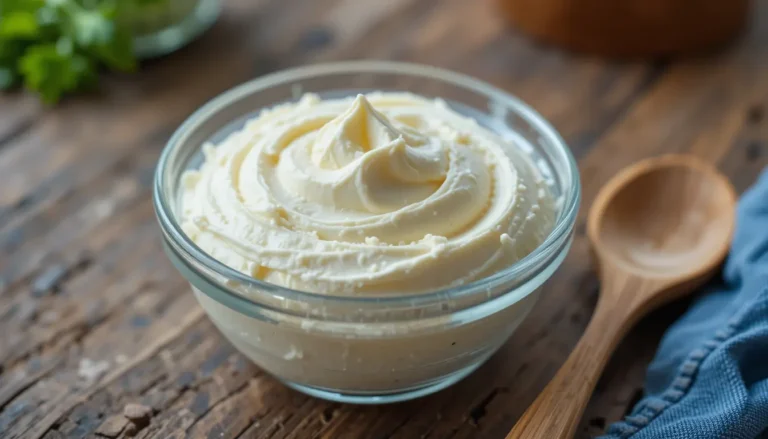
Homemade Cream Cheese for the Perfect Cheesecake
Rich, smooth, and creamy this homemade cream cheese is perfect for crafting the ultimate cheesecake. Say goodbye to store-bought!
- Total Time: 25 minutes
- Yield: About 1 ½ cups 1x
Ingredients
- 4 cups whole milk
- 2 cups heavy cream
- 2 tablespoons white vinegar or lemon juice
- ½ teaspoon salt
Instructions
- In a large pot, heat the milk and heavy cream over medium heat until it reaches about 185°F (do not boil).
- Remove from heat and add the vinegar or lemon juice. Stir gently and let sit for 10–15 minutes until curds form.
- Line a strainer with cheesecloth and pour the mixture through, draining the whey. Let it sit for 30–60 minutes.
- Transfer the curds to a food processor, add salt, and blend until smooth and creamy.
- Store in an airtight container in the refrigerator for up to a week.
- Prep Time: 10 Min
- Cook Time: 15 Min
Nutrition
- Serving Size: 8
- Calories: 90 per serving

